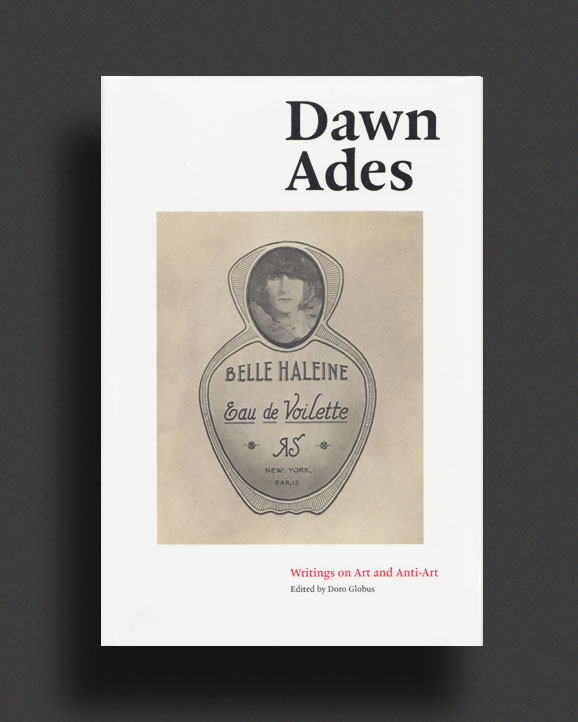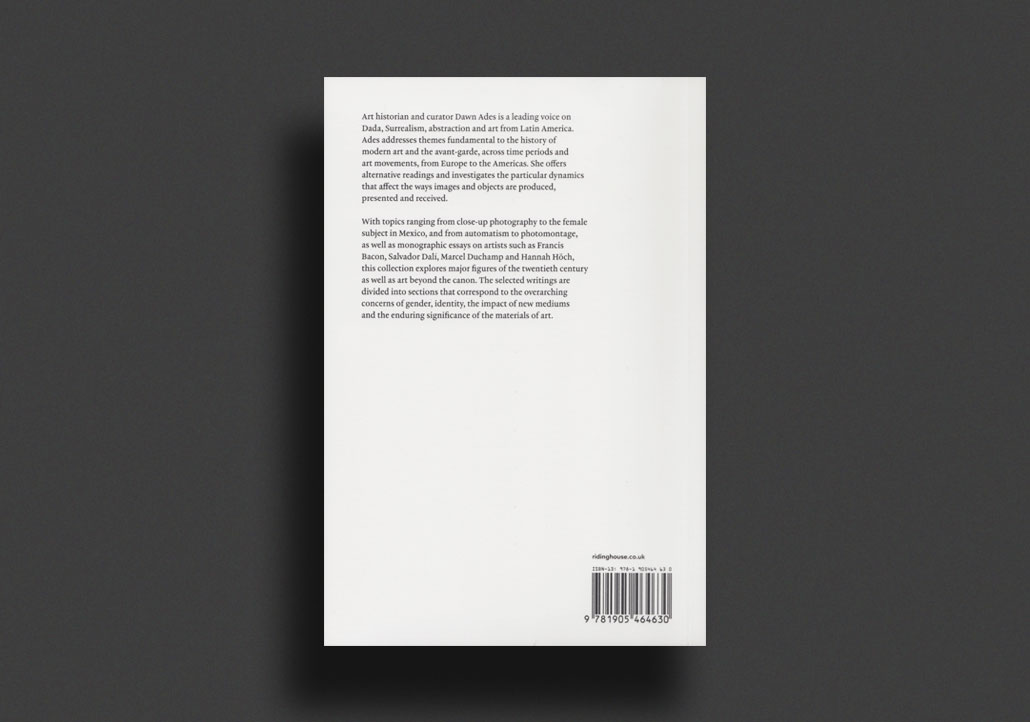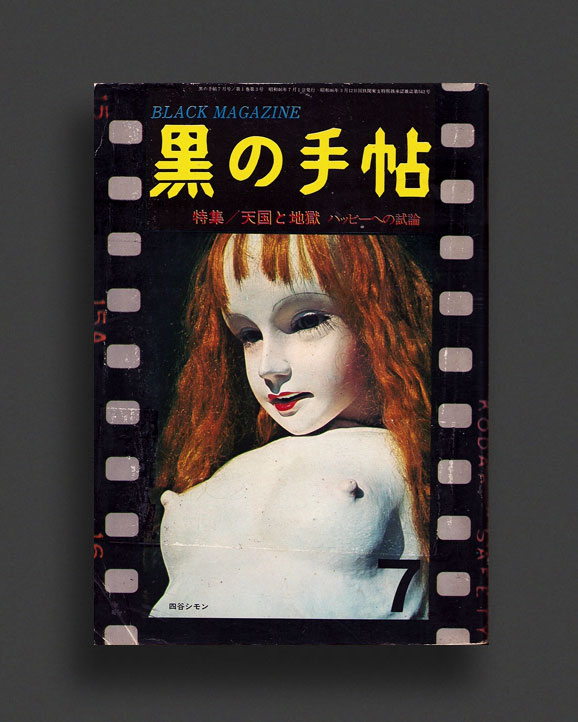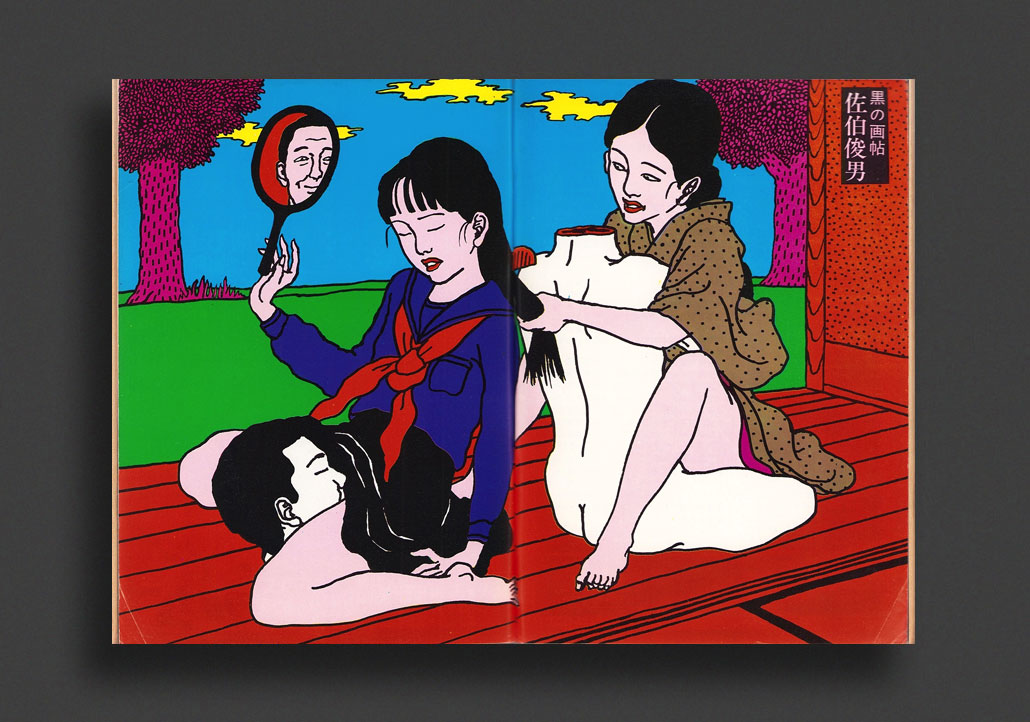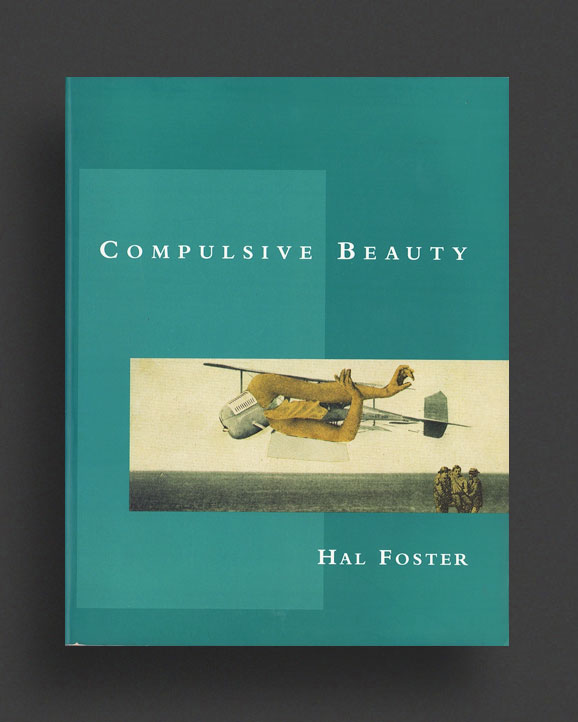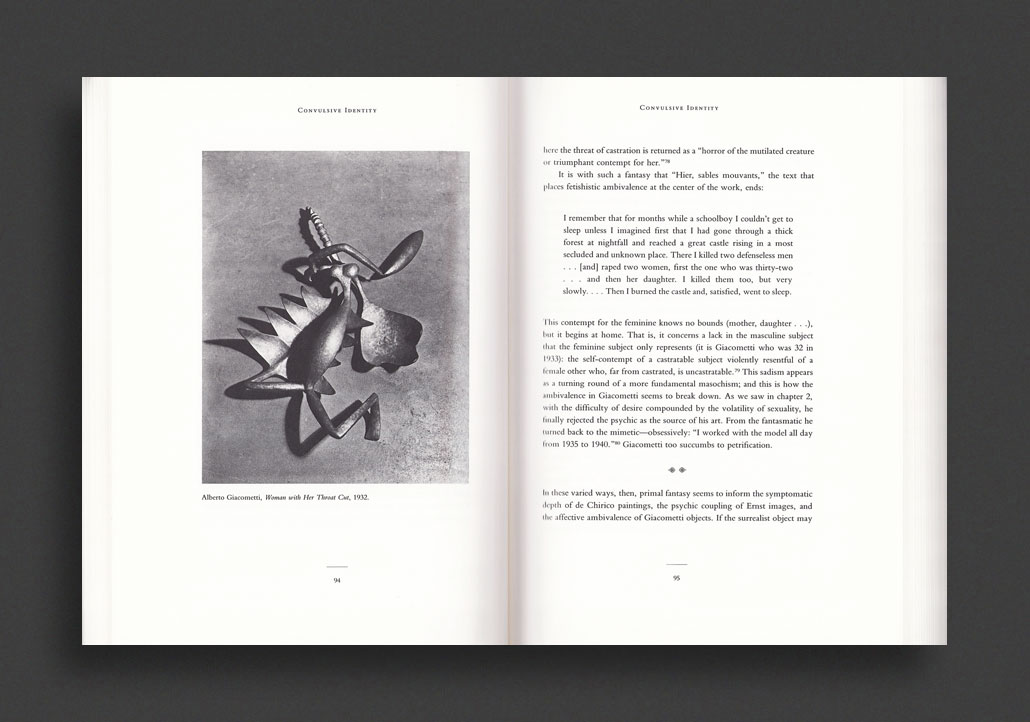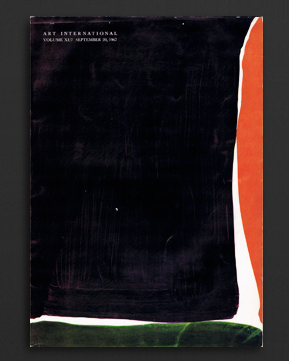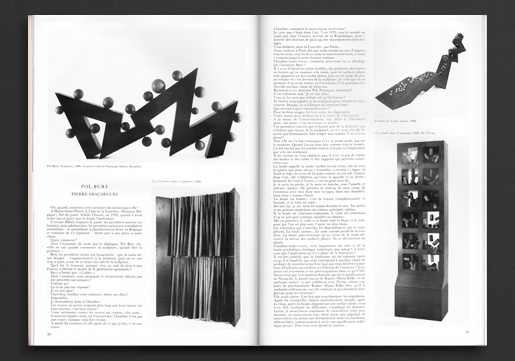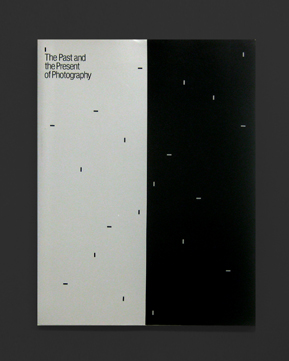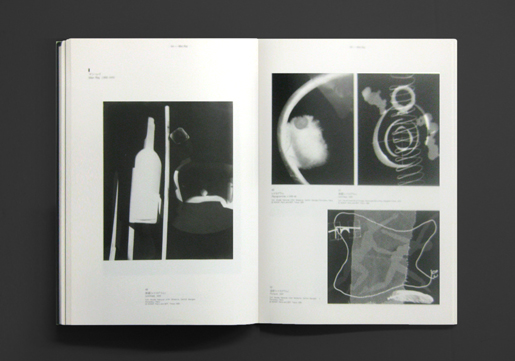(...less)
First English edition of this monumental 830 page book for documenta X, the last documenta of the twentieth century and the first directed by a woman, the French curator Catherine David, brings together the work of more than 100 of the world's foremost thinkers, writers, and artists in an extraordinary anthology of seminal texts and images of, on, and about the development of Western cultural and critical theory since 1945.
The book "seeks to indicate a political context for the interpretation of artistic activities at the close of the twentieth century, through a montage of images and documents from the immediate post-war period to the present. The range of material treated here is not encyclopaedic; it represents a polemical attempt to isolate specific strands of artistic production and political endeavour which can be taken as references in the contemporary debate over the evolution of our societies. Drawing from distinct yet interrelated territorial and linguistic domains, the book singles out complex cultural responses to the unifying processes of global modernity."—from the book jacket.
A comprehensive work in itself, rich with enmeshed texts and illustrations of artworks, film stills, historical documents throughout in colour and in black and white.
Writers include: Theodor W. Adorno, Maurice Blanchot, Pier Paolo Pasolini, Paul Celan, Amílcar Cabral, Masao Miyoshi, Hannah Arendt, Michel Foucault, Gilles Deleuze, Félix Guattari, Jacques Rancière, Tadao Sato, Youssef Ishaghpour, Josef Beuys, Samuel Beckett, Albert Camus, Rainer Werner Fassbinder, Rem Koolhaas, Sandra Álvarez de Toledo, Witold Gombrowicz, Herve Joubert-Laurencin, Jean-François Chevrier, Marguerite Duras, Edward Said, Henri Alleg, Pierre Vidal-Naquet, Uwe Johnson, Jerzy Grotowski, James Clifford, Primo Levi, Pierre Clastres, Andrea Branzi, Fabrizio Gallanti, Gérard Chaliand, Stig Björkman, Daniel Defert, Saskia Sassen, Catherine David, Benjamin Buchloh, Paul Virilio, Serge Daney, Étienne Balibar, Nadia Tazi, and many others.....
Artists include : Archigram, Martin Kippenberger, Archizoom Associati, Art & Language, Hans Haacke, Oyvind Fahlström, Samuel Beckett, Franz West, Andrea Zittel, Heimo Zobernig, Nancy Spero, Jean-Luc Godard, Marcel Broodthaers, Lygia Clark, Jörg Herold, Fischli & Weiss, Dan Graham, Robert Adams, Peter Friedl, Paweł Althamer, Liam Gillick, Mike Kelley & Tony Oursler & Diedrich Diederichsen, Stan Douglas, Harun Farocki, Ed van der Elsken, Walker Evans, Aldo van Eyck, Heiner Goebbels, William Kentridge, Ulrike Grossarth, Richard Hamilton, Vito Acconci, Raymond Hains, Pier Paolo Pasolini, Siobhán Hapaska, Ecke Bonk, Carsten Höller & Rosemarie Trockel, Carl Michael von Hausswolff, Lois Weinberger, Hélio Oiticica, Gabriel Orozco, Olaf Nicolai, Michelangelo Pistoletto, Gerhard Richter, Thomas Schütte, Marc Pataut, Gordon Matta-Clark, Christian Philipp Müller, Matt Mullican, Antoni Muntadas, Jean-Luc Moulène, Reinhard Mucha, Álvaro Siza, Toyo Ito, John C. Portman Jr., Paulo Mendes da Rocha, Mariella Mosler, Josef Beuys, Steve McQueen, Chris Marker, Lothar Baumgarten, Jean Dubuffet, Kerry James Marshall, Maria Lassnig, Rem Koolhaas, Joachim Koester, Suzanne Lafont, Sigalit Landau, Helen Levitt, Garry Winogrand, Brassaï, Le Corbusier, Antonin Artaud, and so many more...
Very Good coy, light wear. Good dust jacket with some creasing and edge wear.
File under:
Mike Kelley
Tony Oursler
Carsten Höller
Rosemarie Trockel
Archigram
Martin Kippenberger
Archizoom Associati
Art & Language
Hans Haacke
Samuel Beckett
Franz West
Andrea Zittel
Heimo Zobernig
Jean-Luc Godard
Marcel Broodthaers
Lygia Clark
Jörg Herold
Fischli & Weiss
Dan Graham
Robert Adams
Peter Friedl
Öyvind Fahlström
Paweł Althamer
Liam Gillick
Stan Douglas
Harun Farocki
Ed van der Elsken
Walker Evans
Aldo van Eyck
Siobhán Hapaska
Reinhard Mucha
Mariella Mosler
Steve McQueen
Chris Marker
Lothar Baumgarten
Kerry James Marshall
Maria Lassnig
Rem Koolhaas
Joachim Koester
Suzanne Lafont
Sigalit Landau
Helen Levitt
Garry Winogrand
Jean-Luc Moulène
Hélio Oiticica
Thomas Schütte
Christian Philip Muller
Gabriel Orozco
Olaf Nicolai
Michelangelo Pistoletto
Gerhard Richter
Marc Pataut
Gordon Matta-Clark
Matt Mullican
Antoni Muntadas
Heiner Goebbels
William Kentridge
Ulrike Grossarth
Richard Hamilton
Vito Acconci
Raymond Hains
Ecke Bonk
Carl Michael von Hausswolff
Lois Weinberger
Carsten Höller
Pier Paolo Pasolini
Joseph Beuys
Nancy Spero
Le Corbusier
Brassaï
Jean Dubuffet
Alvaro Siza
Toyo Ito
Rainer Werner Fassbinder
Paulo Mendes Da Rocha
John C. Portman Jr.
Antonin Artaud
Diedrich Diederichsen
Catherine David
Yana Milev
Klaus Biesenbach
Nancy Spector
Hans-Ulrich Obrist
Theodor W. Adorno
Maurice Blanchot
Pier Paolo Pasolini
Paul Celan
Amílcar Cabral
Masao Miyoshi
Hannah Arendt
Michel Foucault
Gilles Deleuze
Félix Guattari
Jacques Rancière
Tadao Sato
Youssef Ishaghpour
Josef Beuys
Samuel Beckett
Albert Camus
Rainer Werner Fassbinder
Rem Koolhaas
Sandra Álvarez de Toledo
Witold Gombrowicz
Herve Joubert-Laurencin
Jean-François Chevrier
Marguerite Duras
Edward Said
Henri Alleg
Pierre Vidal-Naquet
Uwe Johnson
Jerzy Grotowski
James Clifford
Primo Levi
Pierre Clastres
Andrea Branzi
Fabrizio Gallanti
Gérard Chaliand
Stig Björkman
Daniel Defert
Saskia Sassen
Benjamin Buchloh
Paul Virilio
Serge Daney
Étienne Balibar
Nadia Tazi
and many others
documenta / Kassel
Art
Group Shows / Collections
Curatorial
Out-of-print / Rare
Sculpture / Installation
Australian Photography
Performance / Dance / Theater
Protest / Revolt
Theory / Essay
Architecture / Interior
Conceptual Art
Film / Video
Sound / Music
Painting
Photography
Ecology




















































































































































